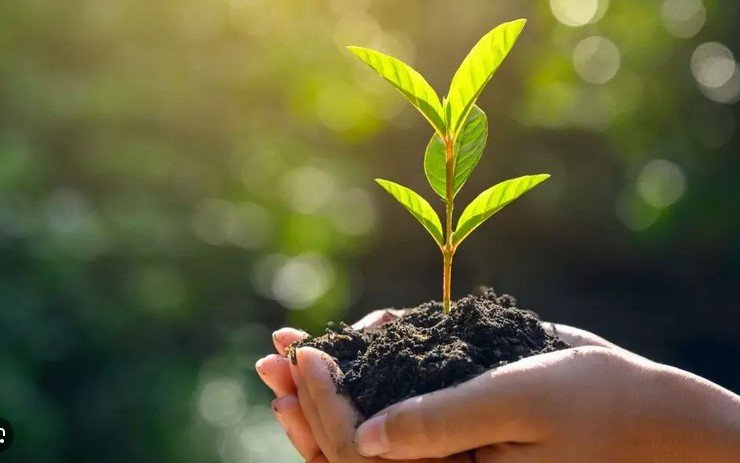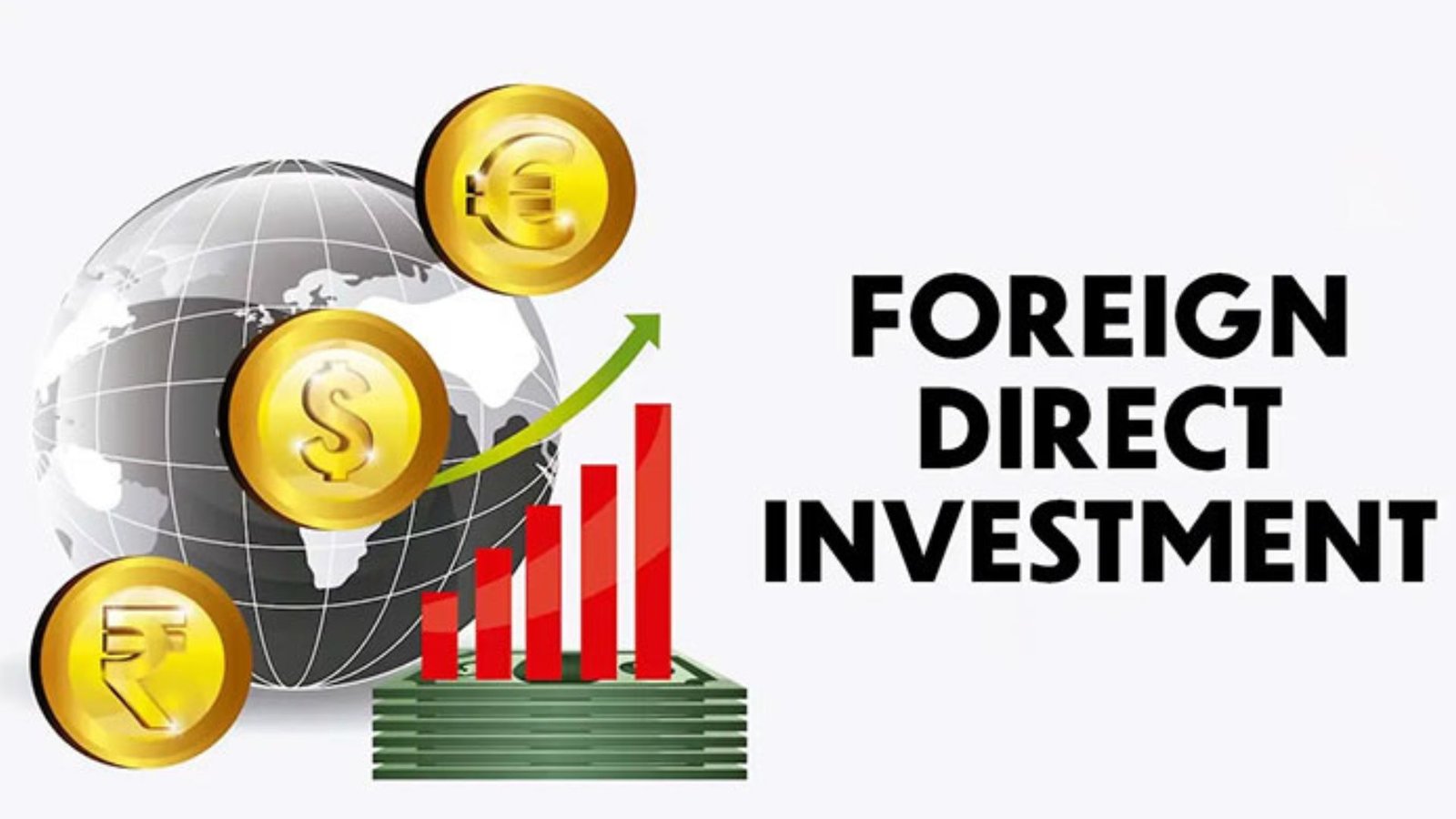Sustainable development is more than a buzzword—it’s a vital approach to ensuring that the needs of the present are met without compromising the ability of future generations to meet their own needs. As we look to the future, sustainable development will shape the way we address environmental challenges, economic growth, and social equity. This post will explore the evolving landscape of sustainable development, emerging trends, and how we can collectively advance towards a more sustainable future.

1. Evolving Sustainability Goals
Shift Towards Holistic Approaches
Future sustainability is increasingly embracing a holistic approach that integrates environmental, social, and economic dimensions. Future sustainability goals will focus on achieving balance between these aspects, promoting not only ecological health but also social well-being and economic resilience.
Emphasis on Circular Economy
The circular economy is gaining traction as a model for sustainable development. Unlike the traditional linear economy, which follows a “take, make, dispose” pattern, the circular economy aims to keep resources in use for as long as possible through recycling, reuse, and refurbishment. This approach reduces waste and minimizes environmental impact.
2. Technological Innovations Driving Sustainability
Advancements in Renewable Energy
Renewable energy technologies, such as solar, wind, and hydroelectric power, are advancing rapidly. Innovations in energy storage, smart grids, and efficiency improvements are making renewable energy more accessible and affordable. As these technologies evolve, they will play a crucial role in reducing reliance on fossil fuels and mitigating climate change.
Green Technology and Smart Cities
Green technology is revolutionizing how we manage resources and reduce emissions. Smart cities, powered by IoT and data analytics, are optimizing energy use, improving waste management, and enhancing transportation systems. These technologies contribute to more sustainable urban environments and better quality of life.
3. Policy and Regulatory Developments
Strengthening Environmental Regulations
Governments are increasingly implementing stringent environmental regulations to drive sustainable development. Policies aimed at reducing carbon emissions, protecting natural resources, and promoting sustainable practices are becoming more widespread. These regulations create a framework for businesses and individuals to operate in an environmentally responsible manner.
Incentives for Sustainable Practices
Incentives such as tax breaks, subsidies, and grants are encouraging businesses to adopt sustainable practices. These incentives support investments in green technologies, energy efficiency, and sustainable sourcing. By making sustainability economically viable, governments and organizations can accelerate the transition to a greener economy.
4. Community and Global Engagement
Local Initiatives and Grassroots Movements
Community-based initiatives and grassroots movements are playing a significant role in advancing sustainable development. Local efforts to promote recycling, conservation, and sustainable agriculture contribute to broader sustainability goals. Engaging communities in environmental stewardship fosters a culture of responsibility and action.
Global Collaboration and Agreements
Global collaboration is essential for addressing transboundary challenges such as climate change and biodiversity loss. International agreements, such as the Paris Agreement, set targets and frameworks for collective action. Collaborative efforts between countries, organizations, and stakeholders are crucial for achieving global sustainability objectives.
5. Education and Awareness
Promoting Sustainability Education
Education and awareness are key to driving sustainable development. Incorporating sustainability into educational curricula and raising public awareness about environmental issues help build a knowledgeable and motivated populace. Informed individuals are more likely to adopt sustainable practices and advocate for positive change.
Corporate Responsibility and Transparency
Businesses are increasingly recognizing the importance of corporate social responsibility (CSR) and transparency. Companies that commit to sustainable practices and report on their environmental and social impact contribute to a more sustainable future. Transparency builds trust with consumers and stakeholders, fostering a culture of accountability.
6. Conclusion: Shaping a Sustainable Future
The future of sustainable development lies in our ability to integrate holistic approaches, leverage technological innovations, and foster global collaboration. By embracing sustainability goals, advancing green technologies, and engaging communities, we can work towards a future where economic growth, environmental health, and social equity go hand in hand. The path to a sustainable future requires collective effort, forward-thinking policies, and a commitment to making a positive impact on our world.




